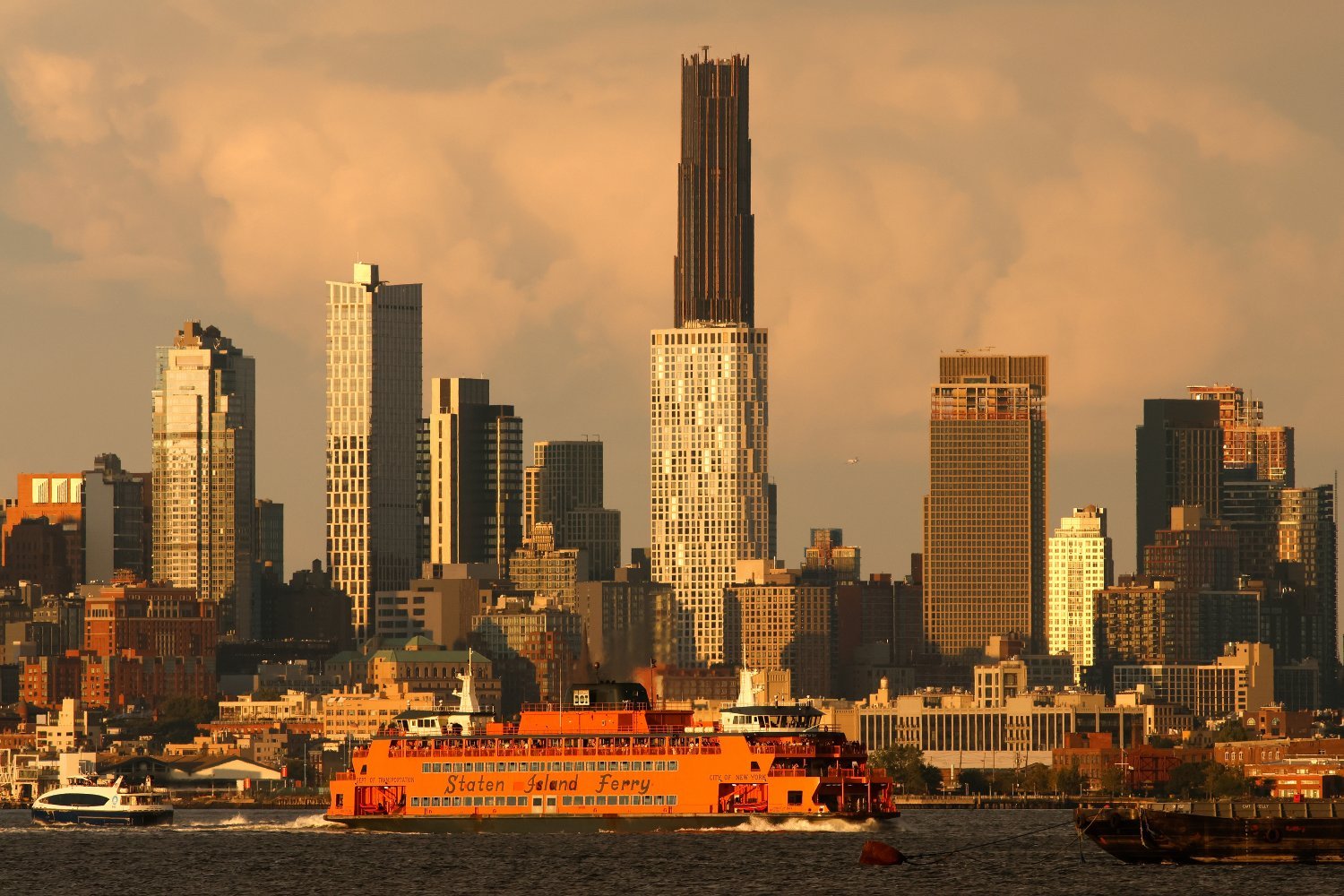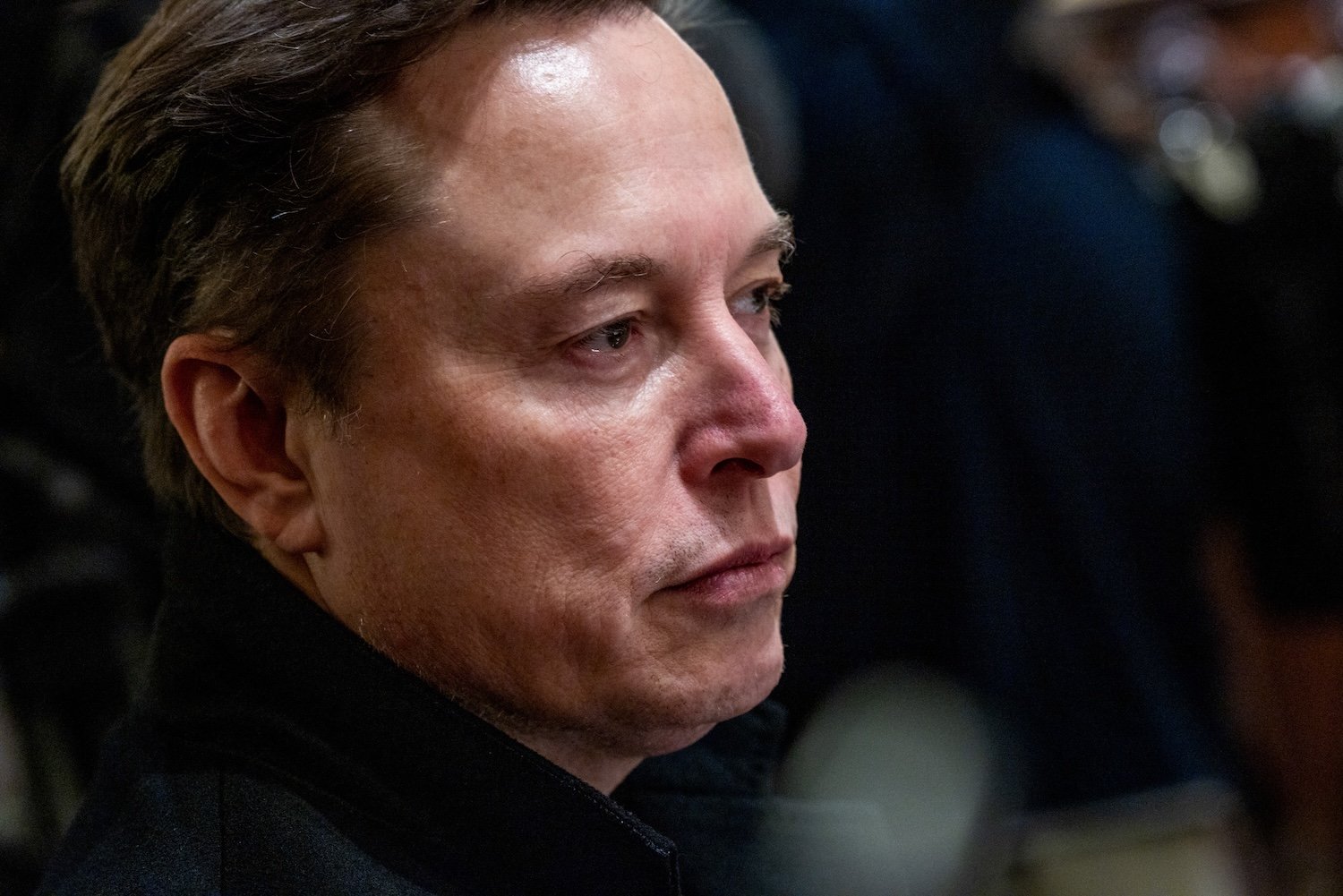Introduction to Congestion Pricing in New York City
After years of failed starts, New York City’s congestion pricing plan finally went into effect early this year. However, it is now under threat once again due to President Trump’s decision to target the program. The plan aims to reduce congestion, noise, and pollution in Manhattan by charging drivers entering its busiest corridors and using the funds to repair the city’s subways.
The Threat to Congestion Pricing
According to a letter sent by Trump’s transportation secretary, Sean Duffy, the program’s impact on working-class drivers is the motivation behind the decision. Duffy argued that the program is illegal because tolls are being used to fund the subway rather than the roadways. It is unclear whether the federal government has control over NYC’s tolling. The city’s Metropolitan Transit Authority has already filed a lawsuit challenging the move, stating that tolling would continue despite the effort to stop it.
Early Results of Congestion Pricing
Early results of the program show that it is working as intended. A survey by the New York Times found that many commuters who previously drove to work have switched to other modes of transportation, such as commuter buses, and have seen their transit times reduced. For those who continued to drive, commute times have also fallen noticeably. New polling has found that frequent commuters into the city support tolling, with many seeing the benefits of reduced congestion.
How Congestion Pricing Works
Under the program, most drivers pay $9 to enter Manhattan below 60th Street. This incentive is designed to encourage people to use the subways, which are materially faster and more efficient than driving in the congested city. Despite conservative claims that the subway is less safe, the data shows that crime has actually decreased. Other cities, such as London, have implemented similar programs with positive results, seeing a 30% decrease in traffic in the first year.
Partisan Politics and Congestion Pricing
Congestion pricing has become a partisan issue, with conservatives using it as an opportunity to attack a major liberal city. President Trump has long railed against NYC, and his decision to drop corruption charges against Mayor Eric Adams has been seen as a political move. Adams has sided with Trump on removing migrant populations from the city, and it has been speculated that he will cooperate with ICE on immigration enforcement in return for escaping prosecution.
Reaction to the Threat
The city’s Metropolitan Transit Authority has vowed to continue with the program, despite the federal government’s efforts to stop it. Governor Kathy Hochul has also spoken out against the move, stating that the city should be able to continue with its program without federal interference. The whole situation is ironic, given the GOP’s supposed support for states’ rights. Why should the federal government be able to dictate whether a city and its residents can charge tolls to use their roads?
Twitter users have also been reacting to the news, with many speaking out against the federal government’s decision. As one user said, "We are a nation of laws, not ruled by a king." The debate surrounding congestion pricing is complex, with many different opinions and perspectives. However, one thing is clear: the city will continue to fight for its right to implement the program and reduce congestion in Manhattan.
In conclusion, congestion pricing is a practical solution to the problem of congestion in Manhattan, and it has already shown positive results. The federal government’s decision to target the program is a partisan move that undermines the city’s authority to manage its own transportation system. The city will continue to fight for its right to implement the program, and it is likely that the issue will end up in court. Ultimately, the outcome will depend on the legal battle between the city and the federal government.
Source Link





